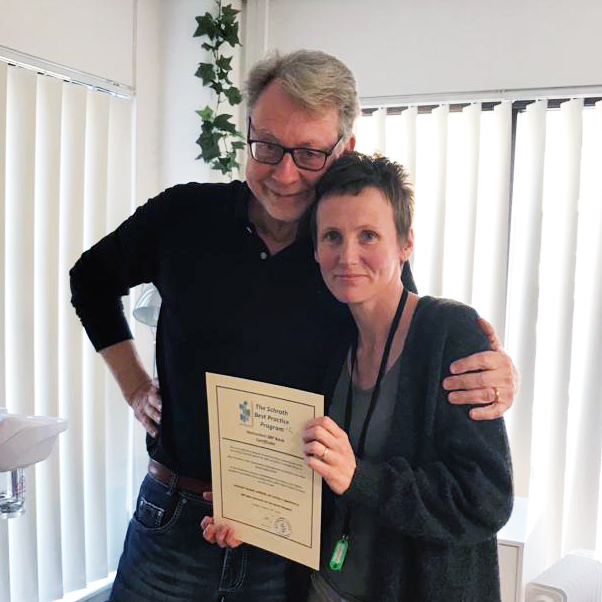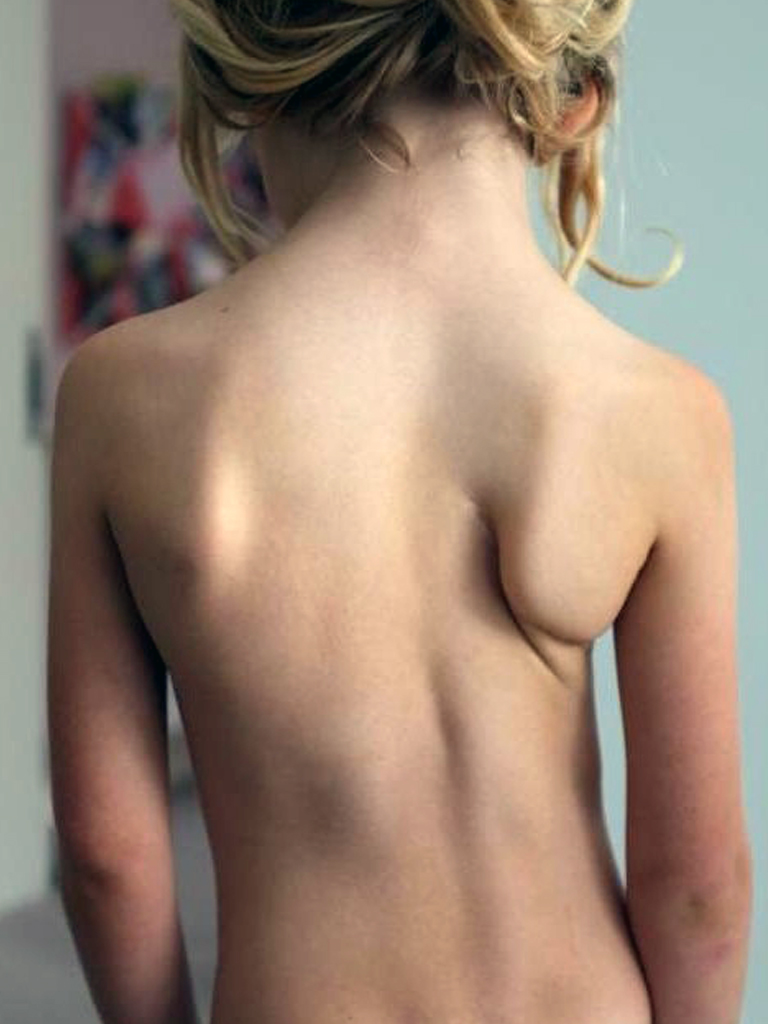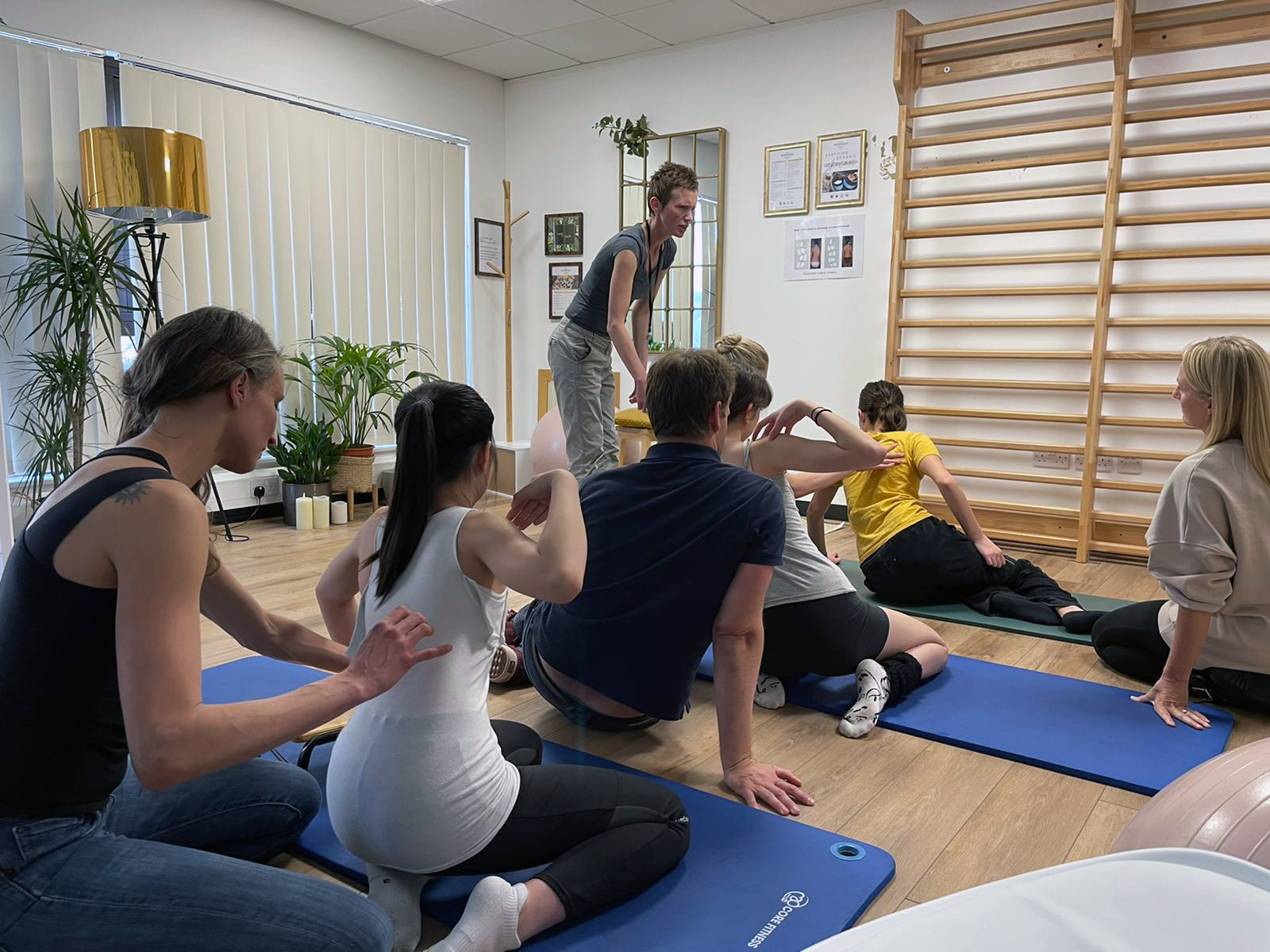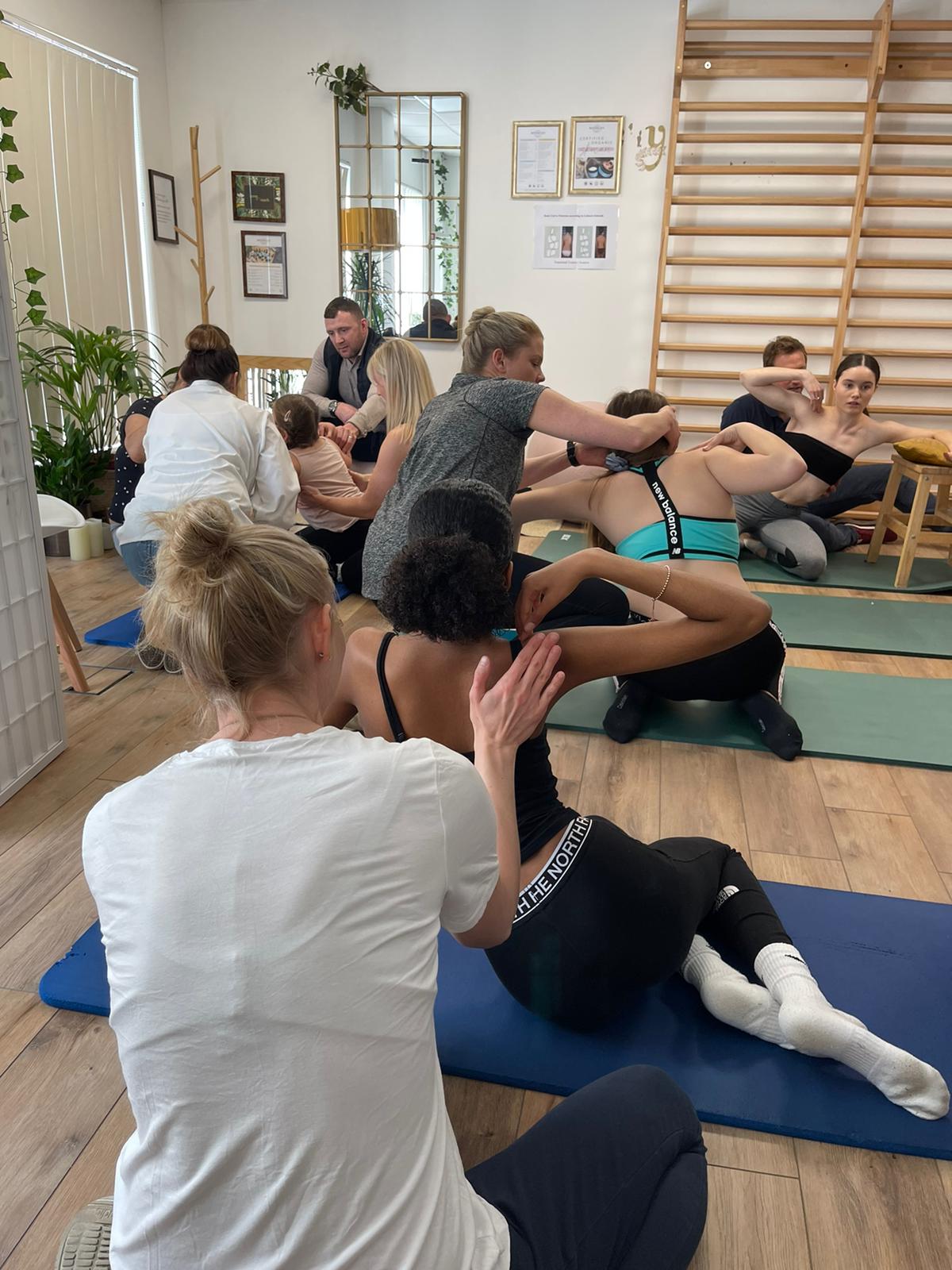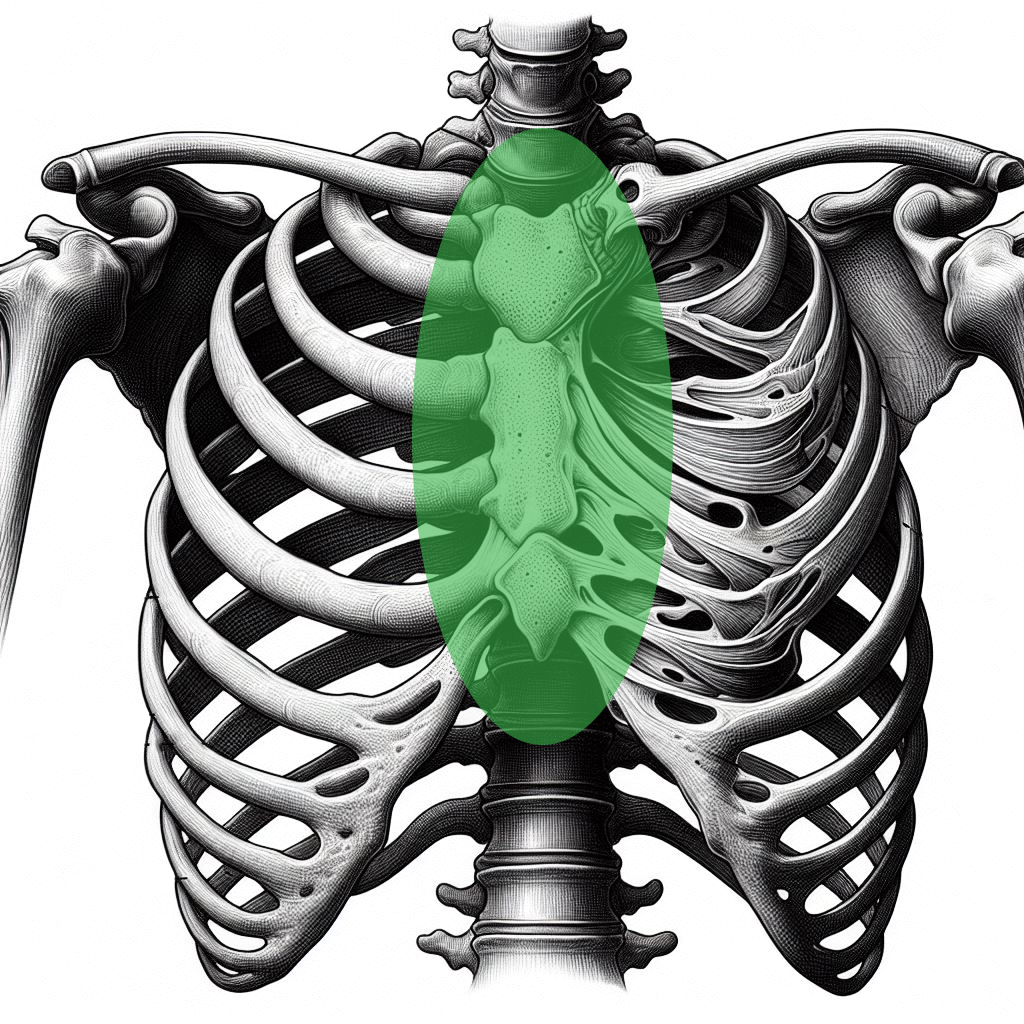Schroth Certified Therapist
Certificates in both original German Schroth ISST and modern Best Practice Schroth SBP methods
Combining established conservative European specialist treatment methods to train client’s in their individual back deformities, to halt and / or reduce (if still growing) curves, reduce muscle imbalances, avoid surgery and empower the person.
Deborah Turnbull with Dr Weiss becoming a certified physio instructor.
